As the world spun on the precipice of change in the 1960s, a seismic shift resonated through the airwaves, forever altering the musical landscape. The decade, marked by fervent social upheaval and cultural renaissance, birthed the sounds of rebellion and freedom, channeling the spirit of a generation through powerful riffs, soulful lyrics, and electrifying performances. This was the golden era of rock bands, a vibrant tapestry woven from the raw emotions and aspirations of youth, each chord serving as a cathartic outlet for the dreams and disillusionments of millions. The indelible impact of these legendary groups is not just a relic of the past; it continues to influence modern music and culture in ways that are still unfolding today.
But what defines the best rock bands of the 60s? Is it their chart-topping hits, innovative soundscapes, or perhaps their magnetic stage presence? Each group brought a unique blend of influence, style, and artistic vision to the table, establishing benchmarks for what rock music could achieve. They pushed boundaries, broke norms, and in doing so, distanced themselves from traditional forms, laying the foundation for the diverse spectrum of music we embrace today.
Join us as we delve deeper into the pantheon of the best rock bands of the 1960s, including artists like The Beatles, The Rolling Stones, and The Doors.
The Beatles
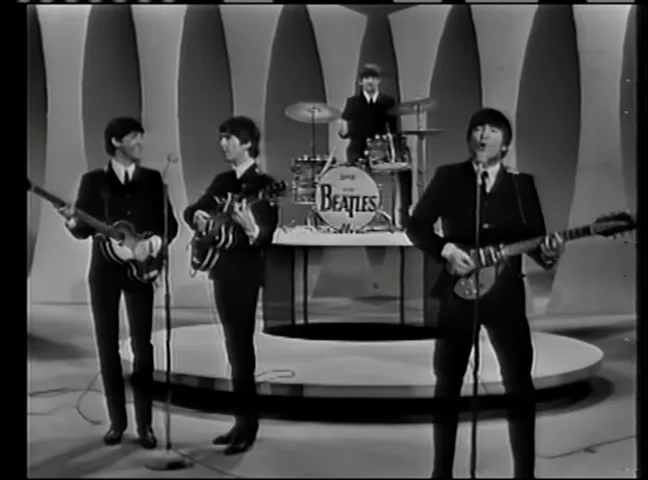
The Beatles, an amalgamation of four working-class teenagers from Liverpool ignited the imagination of America, as well as most of Western Culture. Initially conceived of as a rock band mimicking 50’s riffs, they evolved into the personification of the counterculture in the 60s. Emerging with hits like “Please Please Me” and “I Want To Your Hold,” compositions in debt to American rock legends like Elvis Presley and Buddy Holly; the Beatles eventually sought to expand their creative pastures, emerging into a phase of psychedelic rock that crystallized their creative brilliance.
The group began with an ambitious pairing of John Lennon and Paul McCartney, who added additional members in Stu Sutcliffe and Pete Best. They established their credentials in the post-war rock scenes of Munich and Amsterdam, tinkering with their music in seedy late-night atmospheres. After Pete Best was discarded, to some chagrin; and Sutcliffe left the group; Lennon and McCartney serendipitously acquired bassist George Harrison and drummer Ringer Starr. The foursome we’ve all come to know had been crafted, leading to “Beatlemania” in America in 1964, as well as the production of albums that still ring in the rock anthem, including “Rubber Soul,” “Revolver,” and “Sgt. Pepper’s Lonely Hearts Club.”
The group dissolved in 1970, though their influence remains indelible.
The Rolling Stones
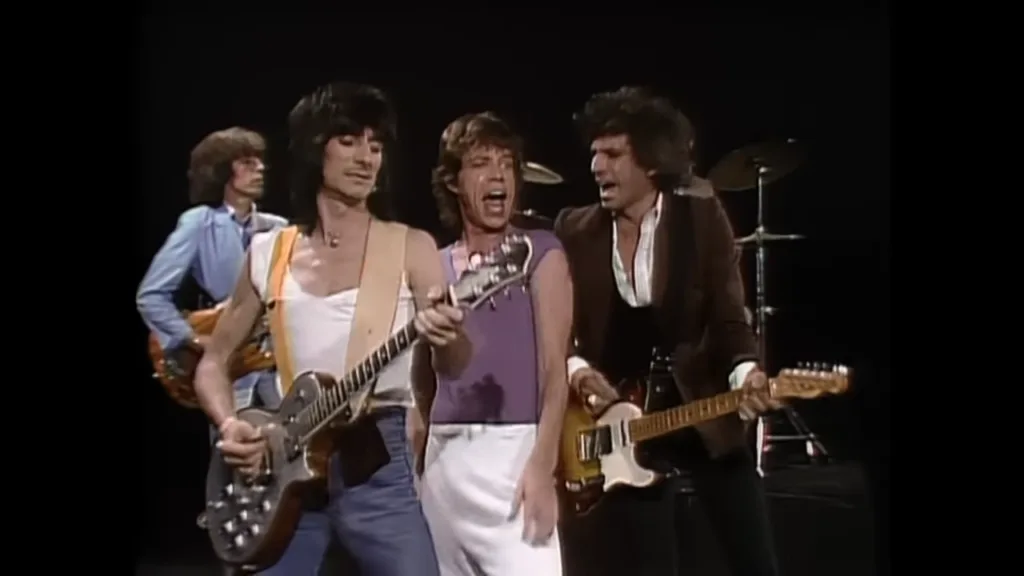
Offering a grittier, blues-infused counterpoint to The Beatles, The Rolling Stones became rock’s “bad boys,” one of the most memorable rock bands of the 1960s. With iconic frontman Mick Jagger and guitarist Keith Richards, the band delivered a string of hits and influential albums, including “Beggars Banquet” and “Let It Bleed.” Their raw energy, rebellious attitude, and enduring appeal have solidified their place as one of the greatest rock bands.
The Rolling Stones drew on the sound of the Chicago Blues and served as a counterpoise to the more familial and congenial Beatles. Created in London, the Stones were conceived around a core of bohemian musicians that largely fermented their popularity in West London. Whereas the Beatles initially appealed to conformist audiences, the Stones rolled with their individuality from the outset. They all were wardrobed in their stylistic proclivities, in contrast to the matching suits of the Beatles.
Their turning point came when Mick Jagger and Keith Richards decided to begin composing their own songs, rather than the mesh woven by studio executives. Their first innovative singles include “I Can’t Get No Satisfaction,” “Paint It Black,” and “Get Off Of My Cloud.” And, in contrast to the Beatles, they remain center-stage even today, selling out shows to grandiose audiences.
Beach Boys
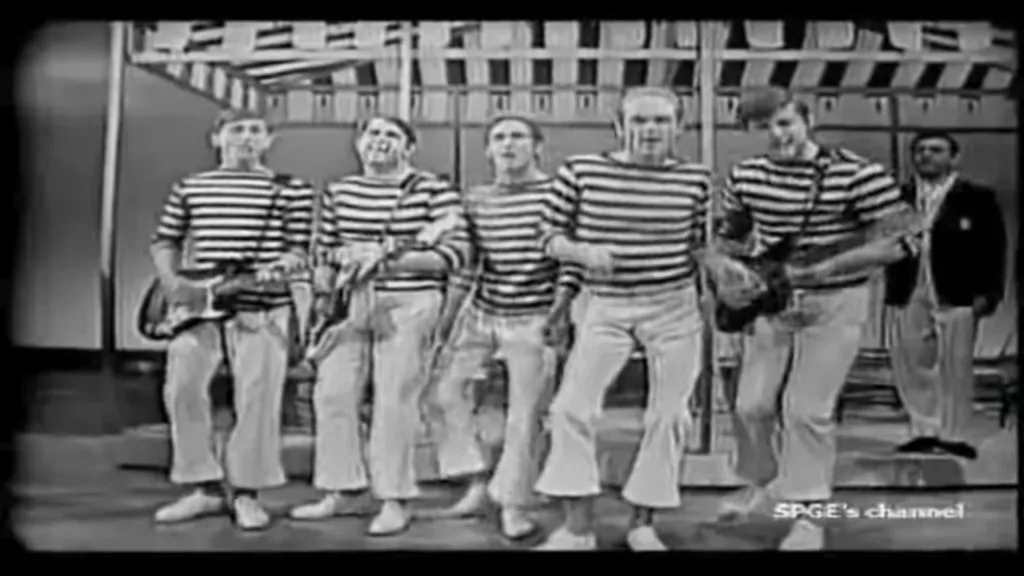
Another of the epochal rock bands of the 1960s are the Beach Boys. Epitomizing the “California Sound,” The Beach Boys were known for their lush harmonies and songs celebrating surf culture. Under the leadership of Brian Wilson, the band’s music became increasingly sophisticated, culminating in the critically acclaimed album “Pet Sounds,” which is often cited as one of the greatest albums ever made and a major influence on other artists.
“Pet Sounds” was an album largely conceived by Brian Wilson after a brief hiatus. Released in 1966, it is a revered album generally regarded as one of the pioneering “conceptual” albums of its era. Wilson leveraged studio tools to engineer a “sonic landscape” of music that introduced intricate audio arrangements into an album thematically revolving around maturation. Paul McCartney, in fact, has cited “Pet Sounds” as being the progenitor for the Beatles own revolutionary album, “Sgt Pepper’s Lonely Hearts Club Band.”
The Doors
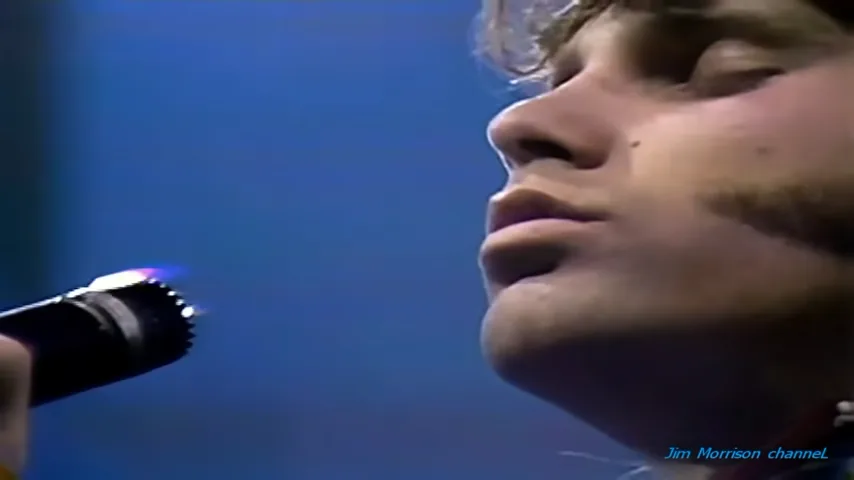
Fronted by the charismatic and enigmatic Jim Morrison, The Doors brought a darker, more poetic, and theatrical element to rock music. Their blend of blues, rock, and psychedelia, evident in tracks like “Light My Fire” and “Riders on the Storm,” captivated audiences.
The ignition of “The Doors” was catalyzed at the University of California, Los Angeles, in the form of the partnership between two students, Jim Morrison and keyboardist Ray Manzarek. The name, “The Doors,” is derived Aldous Huxley’s book, “The Doors of Perception,” which was a novel illustrating the profound effects of mescaline.
The Doors remain one of rock’s most mythic bands, a perception amplified by their enigmatic and curious lead-man, Jim Morrison. The Doors were initially consigned as a “pop act” because of their early success; Morrison, however, was eager to push boundaries. His lust to do so resulted in his early death, at the age of 27, prompting his almost mythic status as a rock revolutionary.
Led Zeppelin
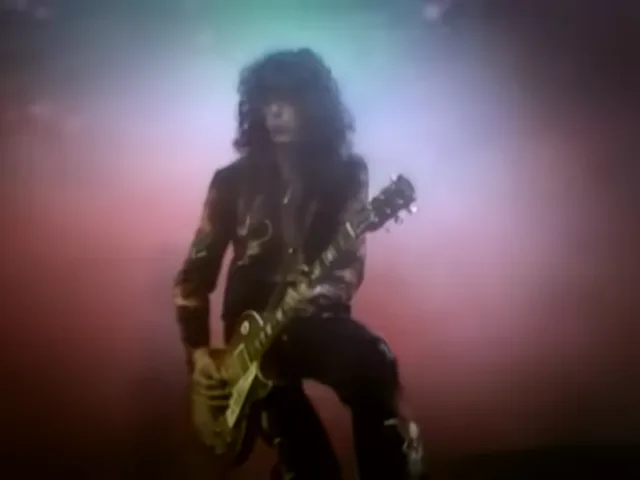
Formed in the late 1960s, Led Zeppelin (Robert Plant, Jimmy Page, John Paul Jones, and John Bonham) laid the groundwork for hard rock and heavy metal. Their blues-rock foundation, powerful instrumentation, and epic songwriting on their self-titled debut album (1969) signaled a new era in the genre. Though most of their seminal successes emerged in the 1970s, they still remain one of the best rock bands of the 1960s.
Originally known as the “New Yardbirds,” the band that would come to be known as Led Zeppelin were provided a generous amount of artistic freedom by Atlantic Records. They were thus granted the province of creating novel sounds, which coalesced into something resembling early heavy metal. Though acoustic arrangements still percolated throughout their albums, rock anthems like “Stairway to Heaven,” “Whole Lotta Love,” and “Black Dog” would ultimately earn them their historical accolades and adulation.
Pink Floyd

While they would achieve massive global success in the 1970s, Pink Floyd, initially led by Syd Barrett, emerged in the late 1960s as a leading band in the London psychedelic underground. Their early work, such as The Piper at the Gates of Dawn, showcased their experimental and spacey sound.
Their two most well-known albums, “Dark Side of the Moon” and “The Wall,” released in the 1970s, consist of studio techniques like double tracking to enhance instrumental sound. They also have a similar thematic resemblance, also reminiscent of “Pet Sounds,” in grappling with death, love, and the price of maturation.

